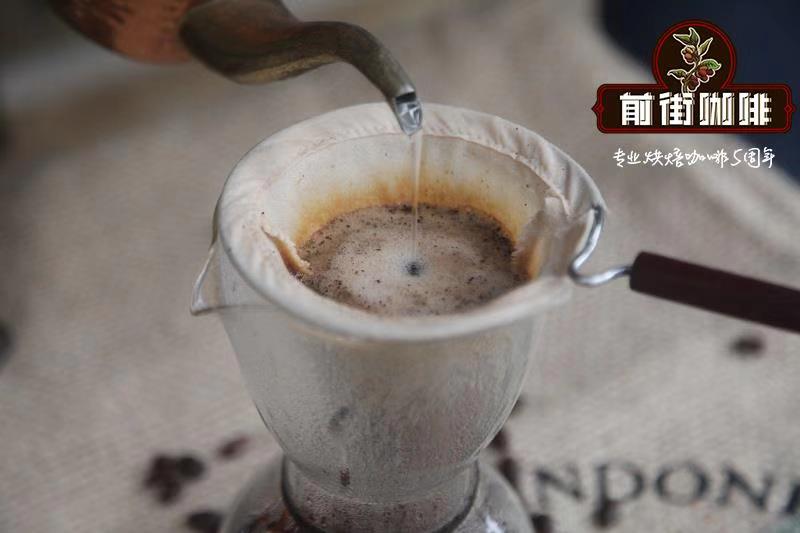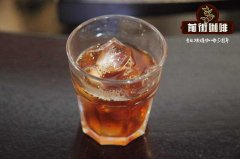Introduction of Ethiopian Sun Red Cherry Coffee brief introduction of Yega Red Cherry Taste

Professional coffee knowledge exchange more coffee bean information please follow the coffee workshop (Wechat official account cafe_style)
Qianjie Coffee-introduction to Sun Red Cherry
Yega Xuefei is a small town in Ethiopia, 1700-2100 meters above sea level. It is one of the highest coffee producing areas in the world and is synonymous with Ethiopian boutique coffee. Lake Turkana, Lake Abaya and Lake Chamo bring rich water vapor here. The Rift Valley, represented by Misty valley, is foggy all the year round, like spring all the year round, with a gentle breeze, cool and humid, and thousands of coffee trees thrive, giving birth to the unique and unpredictable atmosphere of Yejia Xuefei's unique fragrance of flowers and fruits.
At first, Yejassefi's coffee trees were planted by European monks (a bit like Belgian monks growing wheat to brew beer), and later by farmers or cooperatives. Coffee trees are naturally scattered in forests, countryside and backyards. During the harvest season, the Ethiopian Coffee Trading Company will go to town to buy coffee beans collected by farmers and eventually sell them under the brand name "Yega Xuefei".
The "Red Cherry Project" (ORC) is a project to improve the quality of small-scale farms. In 2007, Trabocca, the largest raw bean manufacturer in the Netherlands, proposed the "Red Cherry Project" in pursuit of high-quality Essex beans. The plan requires that raw coffee beans should be picked not only by red fruit, but also by hand, but this is only the most basic requirement, and the plan is far from simple.
The main purpose is to encourage soybean farmers and surprise roasters. Trabocca, the largest coffee bean manufacturer in the Netherlands, invited all Ethiopian farms to produce small batches of beans of about 1500 to 3000 kilograms (25,50 bags) before the harvest season. Women can only choose fully 100% ripe red cherries, which differ greatly in the flavor of the brewed coffee. So attentive and industrious Ethiopian women are important drivers of the Red Cherry Project.
The red cherry program is also a reinforcing method, which makes the farm pay more attention to the process of selecting beans, and the prices of these coffees are relatively high. Red cherries have water washing, sun-drying beans, half-washing, half-sun, experimental coffee and so on. The main producing areas are Yega Sheffield, Sidamo, Punga Forest, Lekanti, Ken Bata, Iruba, Hara, Lim, etc., and joined Coroja Golocha in 2011 (near Harald). These are all unique flavors and can fully show the flavor of Ethiopian coffee. Trabocca will choose from it when he receives the coffee. Farms that pass cup quality tests conducted by offices in Ethiopia and the Netherlands will pay high bonuses.
Trabocca, the promoter of the red cherry project, invests all the profits made in recent years in the cooperative farm. Trabocca stressed that this is a plan with no profit, so the company only uses four people, including the boss and secretary, to implement the red cherry project, and other administrative related matters are supported by the parent company to reduce administrative expenses, and all the profits are returned to the cooperative farm.
Red cherries have a uniform maturity and clean flavor, so we adopted light baking to retain more floral acidity and fermented aromas of ripe fruit.
Red cherry: strawberry, berry, cream, spice, almond, oolong tea
END
Important Notice :
前街咖啡 FrontStreet Coffee has moved to new addredd:
FrontStreet Coffee Address: 315,Donghua East Road,GuangZhou
Tel:020 38364473
- Prev

Low caffeine treatment of coffee introduces the principle of low caffeine treatment.
More information on coffee beans Please follow Coffee Workshop (Wechat official account cafe_style) methylene chloride is a solvent used to combine and separate caffeine molecules in green coffee seeds. The KVW MC process first uses hot water to extract caffeine and other soluble substances from coffee seeds and then removes the seeds from the water. And then add dichloromethane.
- Next

Yega Chuefei Red Cherry Coffee features red cherry hand brewing coffee to share
Professional coffee knowledge exchange more coffee bean information please follow the coffee workshop (Wechat official account cafe_style) Qianjie coffee-sun red cherry hand-made flavor taste [Yega Xuefei red cherry] the average planting area of each small coffee farmer here is about 0.6ha, composed of hundreds of coffee farmers, they are planted nearly 2000 meters above sea level, the climate varies greatly, and the soil is fertile.
Related
- Beginners will see the "Coffee pull flower" guide!
- What is the difference between ice blog purified milk and ordinary milk coffee?
- Why is the Philippines the largest producer of crops in Liberia?
- For coffee extraction, should the fine powder be retained?
- How does extracted espresso fill pressed powder? How much strength does it take to press the powder?
- How to make jasmine cold extract coffee? Is the jasmine + latte good?
- Will this little toy really make the coffee taste better? How does Lily Drip affect coffee extraction?
- Will the action of slapping the filter cup also affect coffee extraction?
- What's the difference between powder-to-water ratio and powder-to-liquid ratio?
- What is the Ethiopian local species? What does it have to do with Heirloom native species?

